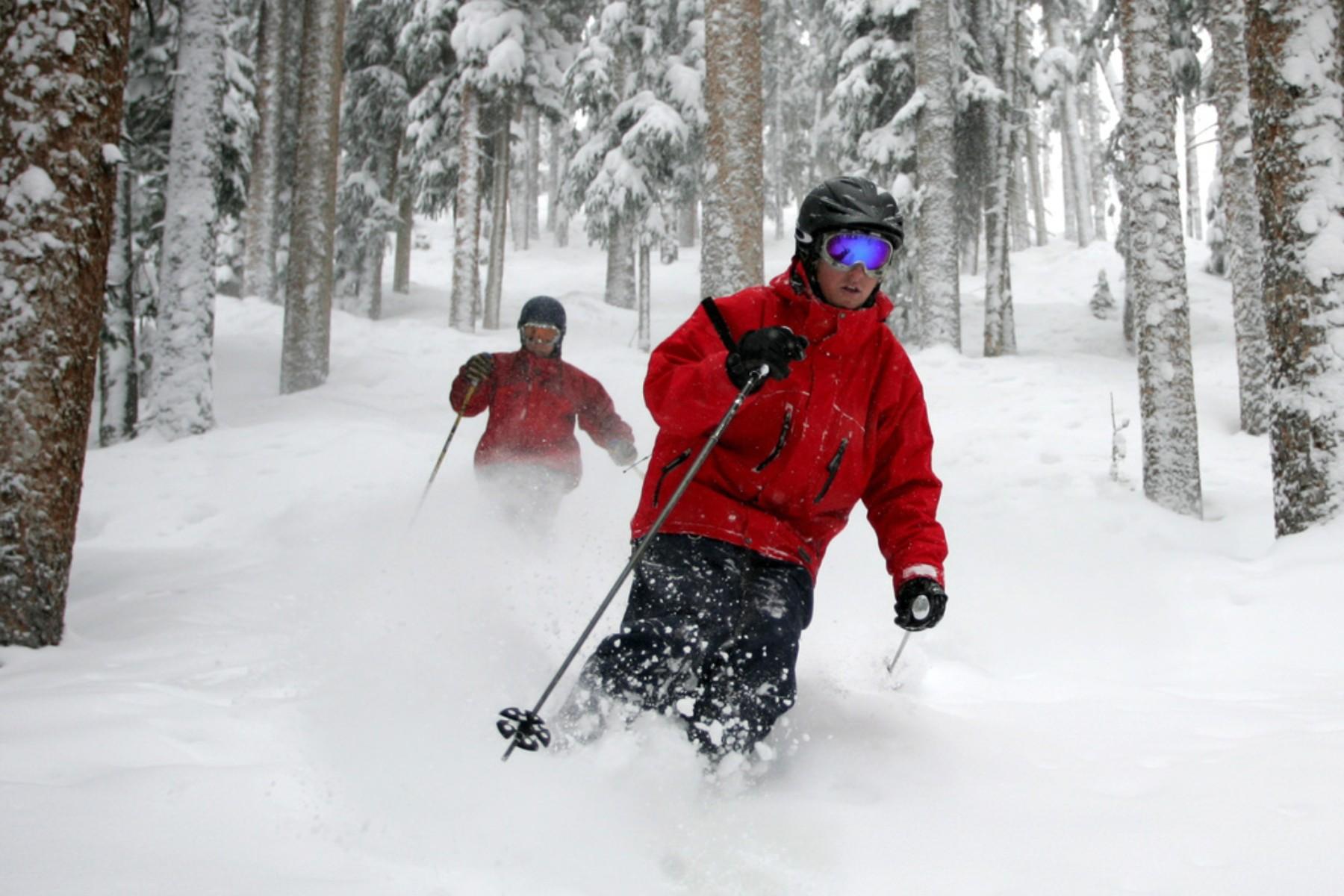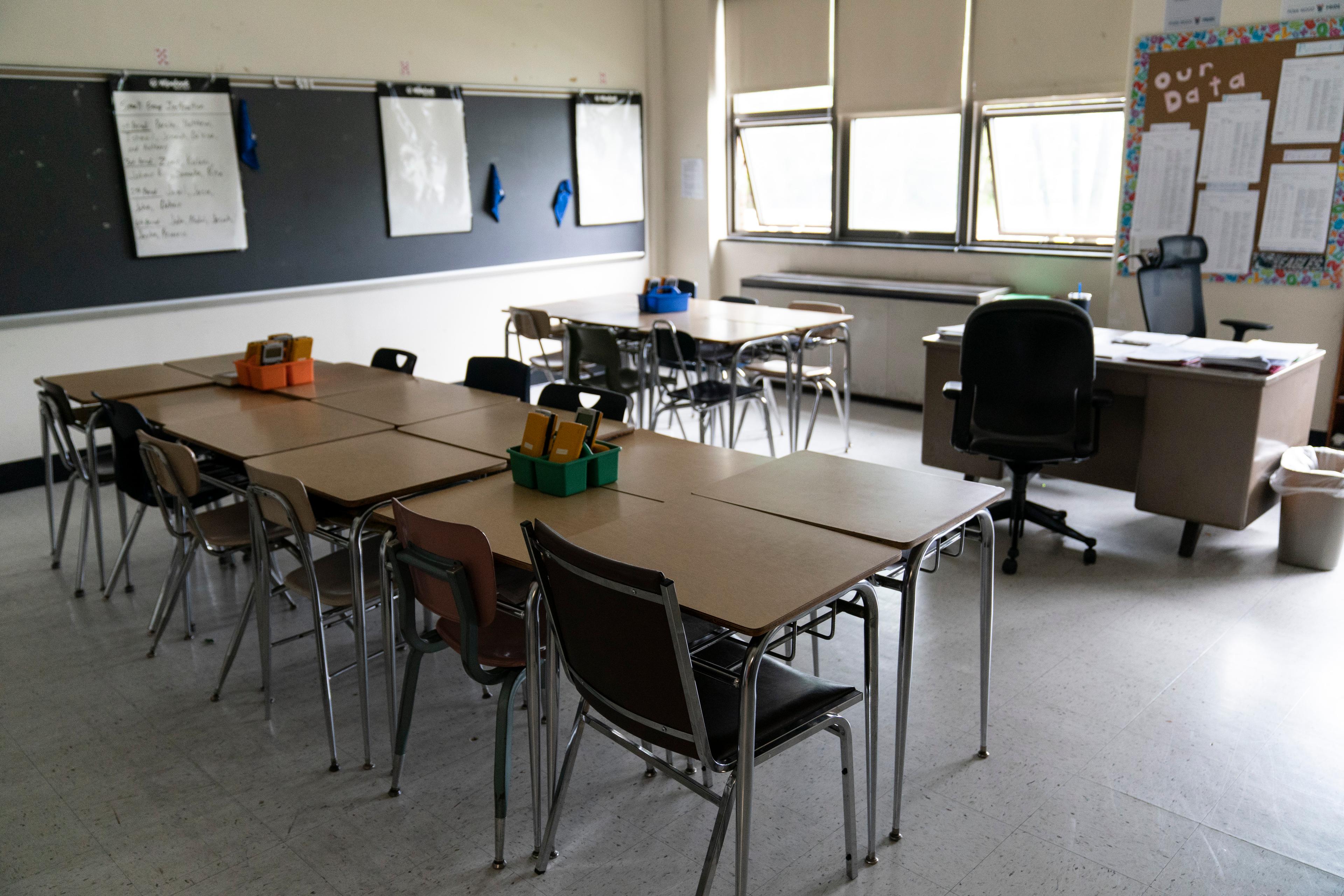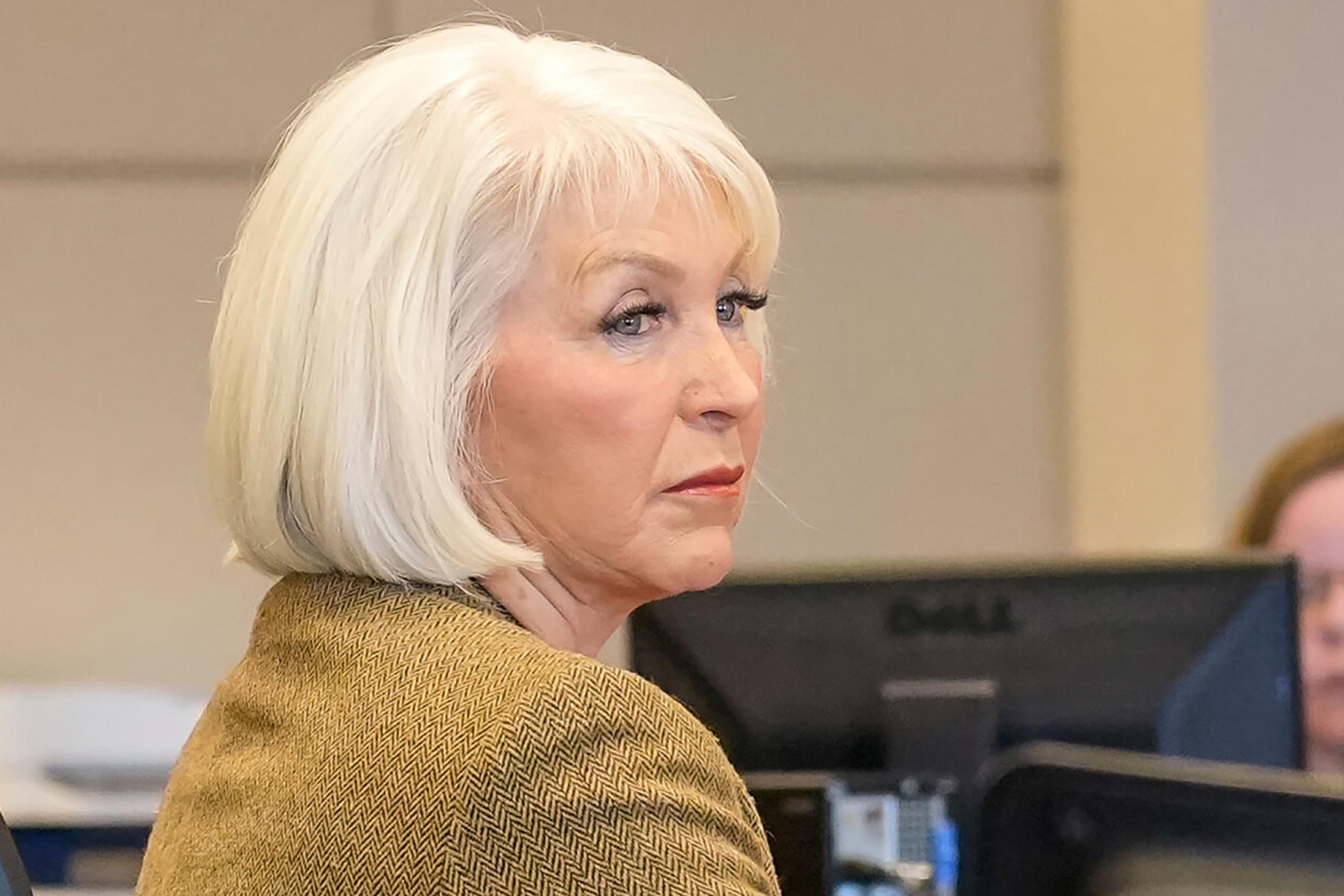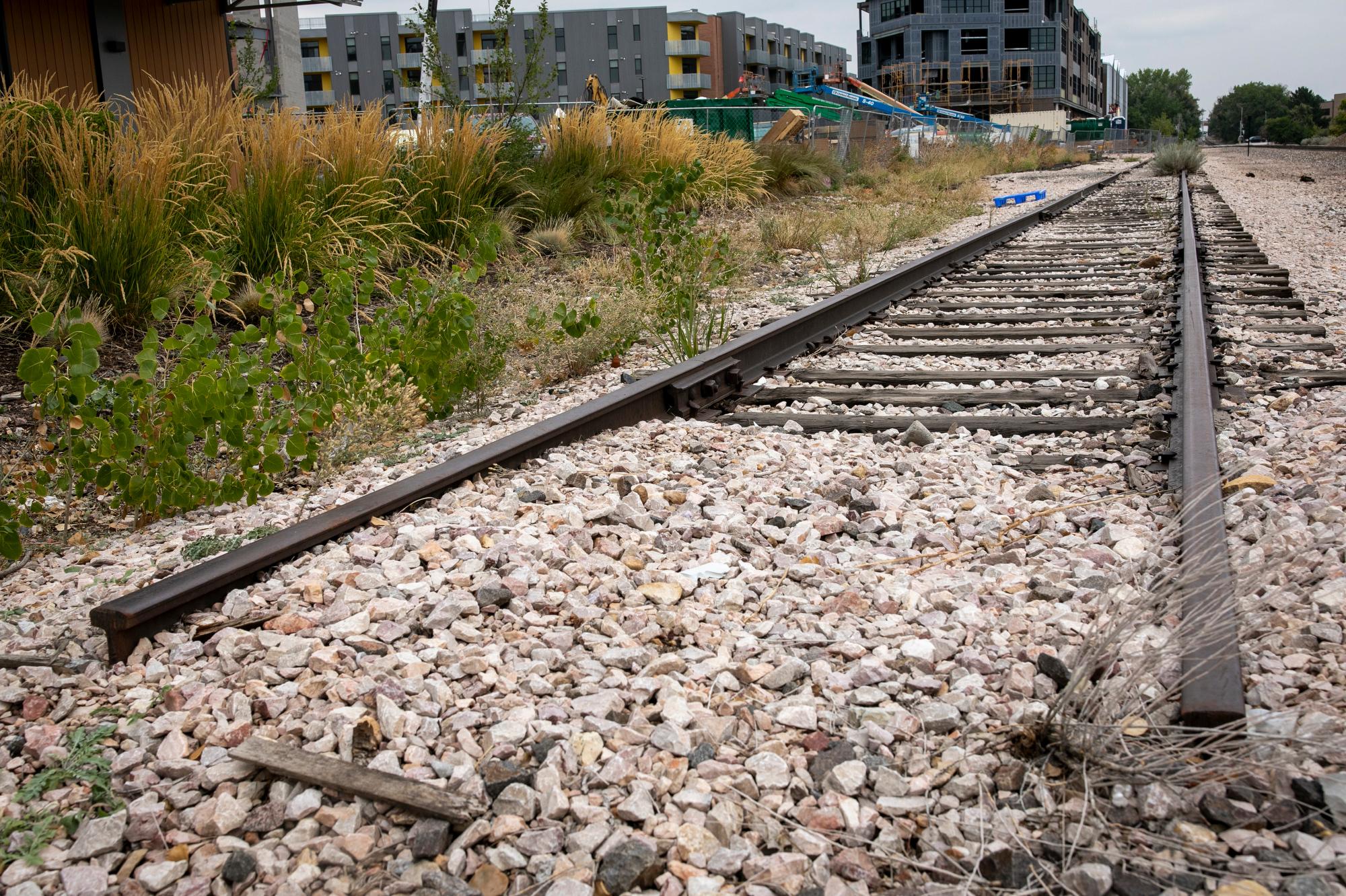
RTD is facing financial constraints when it comes to its FasTracks project — including a potential rail line to Boulder and Longmont.
In a draft of an update on the project released, RTD has identified only $441 million in potential funding for 2026 to 2034 for the project. That leaves a funding shortfall of $1.2 billion.
“Based on our analysis of the current funding and the funding that we know of, we can't overcome to complete the corridors in the next 10 years,” said Bill Sirois, RTD Senior Manager, Transit Oriented Communities. “And, that's going to be a real challenge for us or anybody as we move forward.”
During the 2024 legislative session, a bill that’s now law required RTD to report on how the agency could finish FasTracks by 2034, with the completion of the North Metro and Northwest Rail as first priorities. Extensions to the Southwest and Central Corridors are also part of the project.
The original FasTracks budget was $4.7 billion when the 2004 FasTrack Ballot Initiative was approved. To date, RTD has spent more than $5.5 billion on the program.
The $1.6 billion construction cost estimated in 2024 does not account for future inflation. RTD said that even if the project were to scale back to only complete the Northwest Rail Peak Service and the North Metro corridor, the total construction cost would be approximately $1 billion. That figure still far exceeds the $441 million in projected funding.
The Northwest Rail Peak Service (B Line) proposed to provide service from Union Station to Longmont. The North Metro Corridor (N Line) is expected to provide service from Union Station to Thornton.
Then, during last year’s legislative session, SB 25-161 was passed into law and placed some additional requirements for the report. That includes looking at more detail into RTD’s financial and debt capacities and a requirement to do an outreach process in addition to what was not required in the original bill.
Potential funding
RTD has looked at three Senate bills for most of its potential funding.
The Sustainability of the Transportation bill that became law (SB21-260) expanded the goals of the Multimodal Transportation and Mitigation Options Fund and dedicated a significant portion of the state’s American Rescue Plan Act funds in addition to generating annual state revenues for the program.
The program is expected to end for the period from 2030 through 2032. Denver Regional Council of Governments, the entity that awards MMOF funds in the Denver region, has estimated that the approximately $30 million total will be available for the region.
RTD believes it could award one-third of that funding for the unfinished corridors.
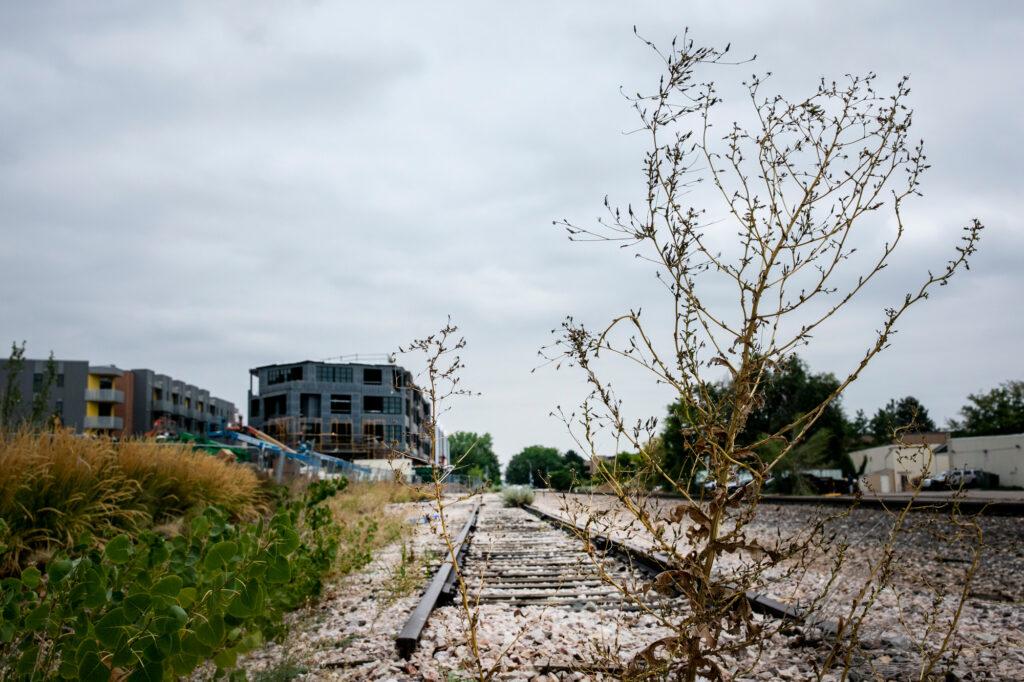
RTD has identified potentially $90 million annually from Oil and Gas Production Fees (appropriated through SB24-230). The bill imposes new oil and gas fees to be used to expand transit service, frequency, ridership, and fund passenger rail projects.
The Colorado Energy Office Clean Transit Enterprise disperses those funds into the Local Transit Operations Formula Program, Rail Funding Program, and Local Transit Competitive Grant Program. RTD focused on the Rail Funding Program for passenger rail projects, which it expects to bring in $18 million per year.
Finally, RTD is monitoring the status of the Support Surface Transportation Infrastructure Development bill (SB24-184), a law that authorizes the Colorado Transportation Investment Office to impose a congestion impact fee on short-term vehicle rentals at up to $3 per day.
Legislative economists estimated $60 million in revenues by the 2026-2027 fiscal year and $80 million by 2035-2036. But, Sirois said there is still uncertainty around those funds.
“They haven't identified any guidance about how the money's going to be doled out yet. So within the report, we made an assumption that we could potentially get about 20 percent of that funding,” Sirois said.
RTD indicated that between now and 2034, it expects to have $145 million in funds from its FasTracks Internal Savings Account (FISA) available for new construction.
The potential funding from the three laws and FISA adds up to $441 million, which would still be insufficient to cover the remaining corridors. RTD’s proposed 2026-2030 Five-Year Financial Forecast between hasn’t identified sufficient cash flow available if it wants to borrow the money via bonds to help complete the project.
Debt
These issues and the upcoming budget were discussed during RTD’s study session this week. Sirois said there will be some real challenges next year due to its inability to issue debt under the Taxpayer Bill of Rights (TABOR).
“We have got a lot of debt already, and we don't have the ability to issue debt under TABOR,” Sirois said. “When the FasTracks ballot passed in 2004, it gave us a TABOR limit or a limited amount of debt that we were limited to borrowing. And so, we've basically exhausted that amount.”
RTD’s remaining voter-authorized debt issuance authority is limited to about $3 million. In the past, RTD would use corridor certificates of participation, where it’s borrowing against assets like using buses or train cars as collateral. But RTD is unable to do that.
“We have determined in our current fiscal situation that we wouldn't be able to do that. We don't have the money to pay that off. Basically, we don't have the cash flow to pay that debt off. So, that's our real challenge,” Sirois said
In 2019, RTD identified that the current projects could be completed between 2024 and 2050. With the current financial challenges, it might be longer.
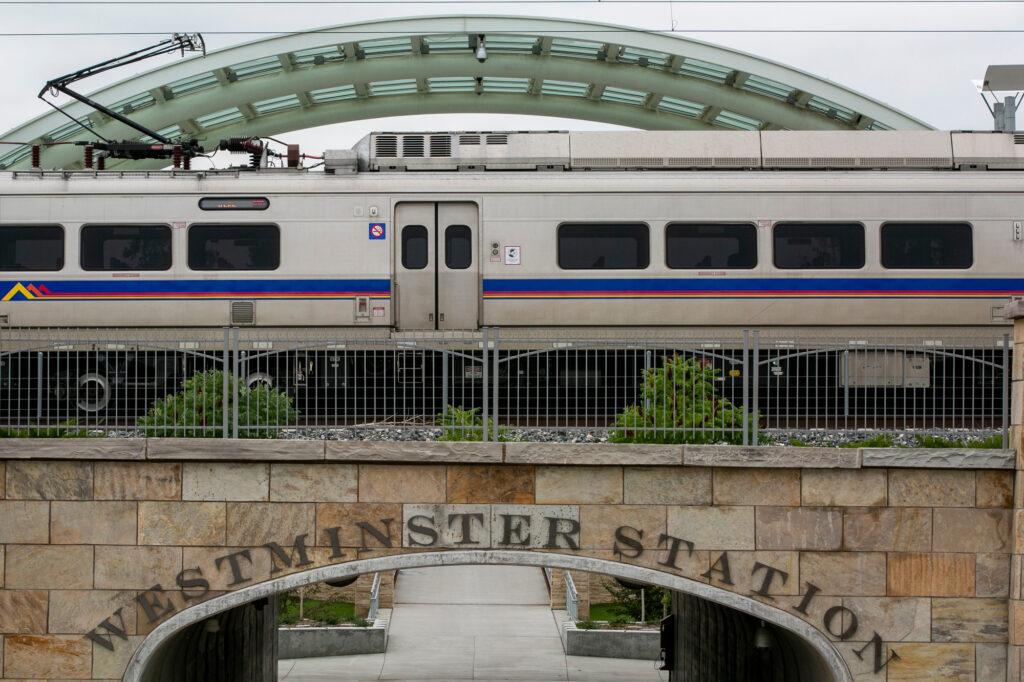
“I think that's been extended, given where we're at now with the additional costs with our current fiscal situation,” Sirois said. “If we were to look to when we could afford to build it, if it was just RTD, it would go out well beyond 2050.”
Sioris hopes this report could begin conversations with other agencies and could help RTD find more funding to complete the projects.
“We've had discussions in the agencies, not recently, but in the past, about going out for more sales tax dollars or going out for another election of some kind for new revenues. I think that kind of conversation needs to happen,” Sirois said. “That really does need to be a conversation that happens within the region, and there needs to be, and or the state, depending on where that kind of election would happen. And because, given the current situation, I don't think it would be plausible for RTD to kind of go alone at this point.”
RTD’s next board meeting is Oct. 28. There will be an open forum encouraging people to come and provide their comments on the report in person or online. The agency will present the report to the Adams County Commissioners on Nov. 12.
Public comment on the report will close on Nov. 14. RTD plans to submit a summary of those comments and a final report to the legislature before Thanksgiving.

